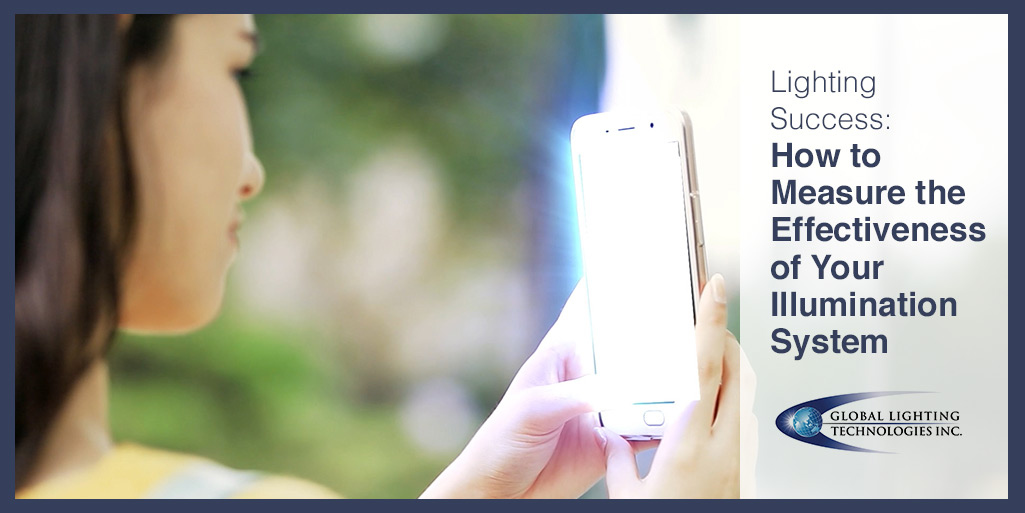
Understanding Three Common Illumination Metrics
What makes a lighting design successful? The answer varies from project to project depending on your objectives. Sometimes, a lighting design grabs the user’s attention like a warning sign or blind spot monitoring in your car. In other cases, the lighting produces a hidden, non-intrusive effect. While there are several factors that influence the success or failure of an illumination system, there are three common metrics that help project engineers determine its impact on the final product.
1. Brightness
An illumination system’s brightness can be measured in two ways: luminance or illuminance. Luminance is the amount of light being emitted from an object, whereas illuminance if the amount of light falling into a given surface area.
Sophisticated light guide technology helps control brightness levels to deliver the right impact. Otherwise, the light source may produce levels of glare that impair or prevent the desired outcome.
2. Uniformity
Light uniformity is the percentage difference between your brightest spots and dimmest spots of your lighting system. It’s often an overlooked metric, but it’s extremely important to the ultimate success of your illumination system.
A number of things can impact uniformity including LED selection, light diffusers and the effectiveness of your light guide technology. With the right design and technology, a custom light guide can increase the uniformity of the display.
You can learn more about uniformity in our article, 5 Highly Effective Ways to Increase Uniformity.
3. Energy Efficiency
Your illumination system’s energy efficiency depends on how effectively it transforms electrical input, measured in watts (W), into useful light input. Efficiency is also a measure of how well the fixture itself transmits light onto a given surface area.
Some factors that impact efficiency include the lighting system’s shape, materials used, how many LEDs are inside the fixture and how close the LEDs are to each other. Sometimes, efficiency can be negatively impacted if you have high brightness or uniformity targets, but your project engineer can help you achieve the right balance.
Meet your goals with the right lighting experts
As long as your project engineer understands the vision for the end user experience and the concerns of those who install and maintain the illumination system, you’re destined for a successful outcome.
Our team works diligently to hit key performance metrics throughout the prototyping, testing and measurement stages of our product development process. We’re also aware of industry-specific requirements and testing standards, including consumer electronics, automotive, medical and general lighting, and ensure your illumination system meets important regulation targets.
Do you have an upcoming illumination project? Connect with a lighting expert today.